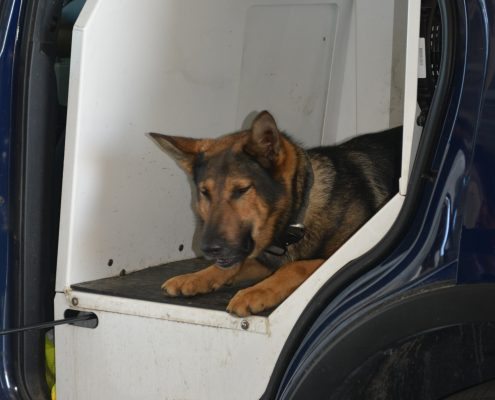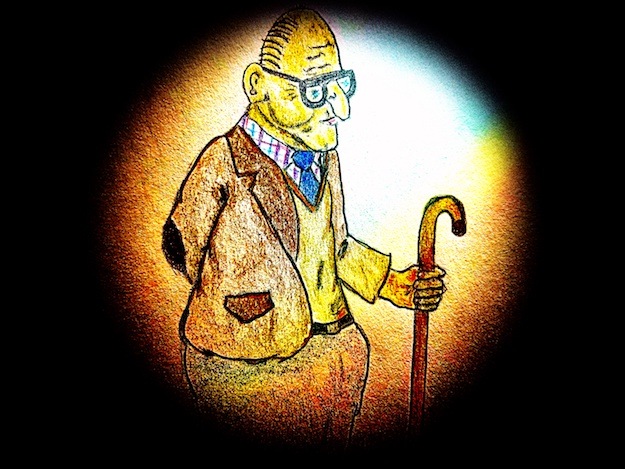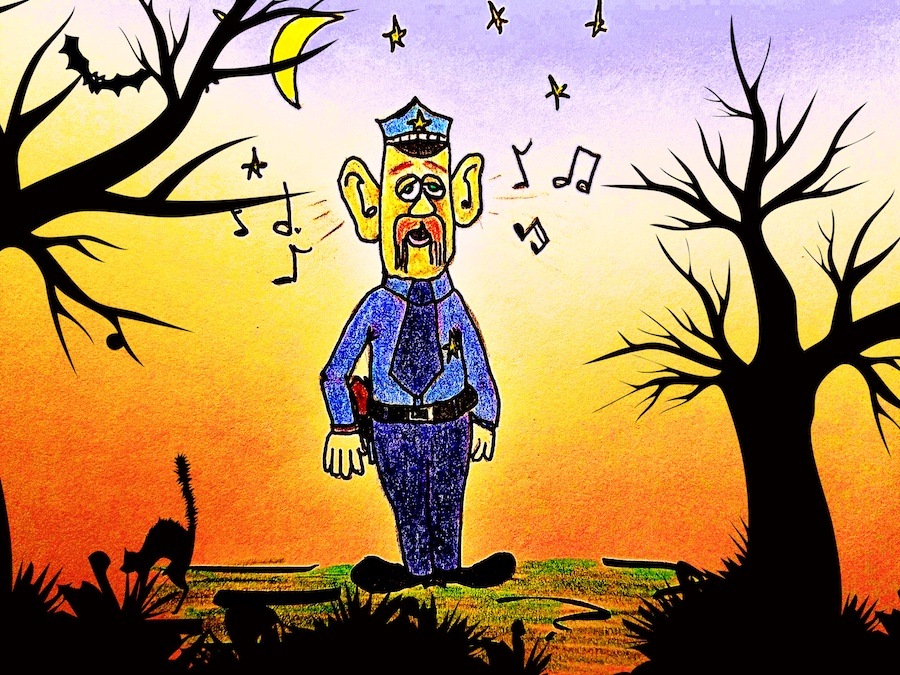The year is 1982 and I’m assigned to patrol duty in a town called Peaceful. We’re bordered by the towns Mean and Nasty. Peaceful, where I work, is the county seat.
My name is Officer Hartogold and I work the graveyard shift. I carry a gun and wear a badge. It’s my job to protect and serve.
Peaceful is generally a quiet place with very little crime. The streets are lined with green leafy trees and flowers of every color and scent imaginable. The walks are clean and straight and the air is fresh. People smile and say howdy, even to strangers who pass through on their way to here and there.
Our coffee is hot and soft drinks are ice cold. No one curses and no one argues. Kids are polite and respectful. Parents happily attend school functions and entire families enjoy meals together.
Schools are for learning and children love their teachers. The lake is full of sparkling water and fish “this big” are seen each morning leaping as high as three or four feet into the air to catch a bug or two for their breakfast. The skies are blue and grass is soft and velvety.
Everyone in the area works hard to earn a living. The local university produces top-notch graduates. Many of them move on to become doctors, lawyers, engineers, teachers, writers, and other such careers. Some finish high school and proudly attend the technical school where they learn to cook, build, design computer systems, and drive big rigs. The dropout rate in Peaceful is very low, and drunk driving charges are nonexistent.
Peaceful is a nice town.
Sure, Billy Buck “Bubba” Johnson occasionally goes off the deep end and tears up his kitchen or living room, and once in a while somebody catches his wife in bed with a neighbor and subsequently uses his trusty 12-gauge to generously aerate her lover’s nude body.
And once, the president of the First Savings and Loan Bank ran off with with one of the tellers, a big-haired woman who, at the time, was married to a local peanut farmer. They’d grabbed a few thousand dollars from the vault before hitting the road. They didn’t get far, though, before the Highway Patrol caught up with the adulterous couple in Happytown, near the state line. The couple gave back the stolen loot, begged forgiveness, and then disappeared again while out on bond.
For the most part, though, Peaceful PD officers answer barking dog and peeping Tom complaints. We write a few traffic tickets, and we keep the undesirables outside the city limits (those Mean and Nasty folks can be downright ornery, especially so on Saturday nights).
Pot smokers and growers—long-hairs we called ’em—were once a bit of a concern for us. Not only was marijuana illegal, our government, and Mexico, had been spraying the weed crops with Paraquat, a chemical linked to cancer and possibly to Parkinson disease. And they’d done so since the time when Nixon was in office. Pot was a big, illegal business and President Reagan and his wife Nancy were leading the anti-pot crusade.
Next came George Bush, Sr. and Desert Storm, a war that sent a lot of police officers back into active military duty. Some never came home and we eventually filled their positions, sometimes with more former soldiers who managed to survive their deployments.
Occasionally we’d hire a recently discharged soldier whose mind was infiltrated and battered by ghosts and demons from the battlefield. Deep down we knew the odds were in favor of someday finding at least one of those guys sitting inside his patrol car with the barrel of his service weapon jammed tightly against the roof of his mouth.
The poor fellow’d have the hammer cocked and a trembling index finger hooked around the trigger. His face peppered with tiny pearls of sweat and his eyes leaking tears that dropped onto his Class A uniform shirt from a jawline so sharply chiseled that looked as if a stone mason had carved it from a slab of granite. Tough as rusty nails they were, until war turned their emotions and minds to mush.
Sometimes we were able to talk them down, and sometimes the situation ended with bagpipes, a riderless horse, and handing a folded flag to a sobbing, heart-broken spouse.
We kept a close eye on the long-hairs and the people they hung out with, making sure to snag them if we saw them driving while stoned or selling the stuff to little kids. Our narcs where forever finding and destroying grow operations, but the dopers always popped back up in new locations. As always, drunk drivers added their own special dangers and problems, so we watched for them too.
Then, practically in a flash, crack cocaine entered the picture and things really went sour. That’s also the time when bad guys started carrying semi-automatic pistols instead of cheap pawn shop revolvers. We, however, still had six-shooters sitting in our holsters, which meant the crooks were far better outfitted than the police.
Therefore, to “keep up with the Joneses” we made the switch to the newfangled semi-autos. What a learning curve that was, to go from carrying 18 rounds (6 in the gun and 12 in speed loaders) to 16 in the pistol and an extra 30 in spare magazines worn on our gun belts. The training was a bit intimidating at first, but we got the hang of it. Still, a few of the old-timers opted to keep their old wheel guns in lieu of the semi-autos. Change is tough, especially when it comes swapping a tool you’ve counted on for so long to keep you safe.
With the influx of crack came a drastic increase of criminal activity. Property crimes increased enormously as abusers and addicts began to steal nearly everything that wasn’t nailed down so they could fund their intense, overwhelming cravings for the drug. Assaults were up. The number of robberies increased. Murders and other shootings became commonplace. Shots-fired calls became a regular thing. Stabbings increased. Rapes. Car thefts. Break-ins. They all topped the stat charts.
Small time drug dealers hung out on street corners and in front of “drug houses,” selling to “customers” as they drove up. Curbside service was the preferred method of transaction for the sellers because they only carried a small amount of crack on them that could easily be swallowed or dropped if they saw us coming. Or, they could simply run away before we had time to stop the car and get out. The main stash was inside one the nearby houses, but pinpointing which one required significant surveillance and manpower. Unfortunately, our manpower was usually tied up working on keeping the ever-growing crime rate at a manageable level.
We were simply outnumbered. Crack was ruining our beloved Peaceful.
Not long after crack took hold, criminals began to resist our attempts to arrest them. Prior to crack, it was a rarity to encounter someone who seriously fought with police officers. Yes, there were some, but not every Bill, Chuck, and Susie.
Next they started shooting and lashing out at us with knives. They punched, kicked, and bit and threw rocks and bricks. They tried to hit us with cars as they made their escapes. Then they killed an officer. And then another.
Crime in general grew worse over the years. Criminals grew weirder with each passing week. Along with tho increases in the overall bizarreness came the change in people.
Politicians stole and cheated and lied. Police chiefs and sheriffs were arrested for corruption. Infrastructure started to fail. Kids were texting and driving and crashing their cars. Children were abducted, raped, and killed. Both male and female teachers were caught having sex with students.
Riots, drive-by shootings, property destroyed, mass shootings. School shootings. Arson.
Long gone are the days when I could pull up beside the Billy Buck “Bubba” Johnsons of the world and tell them to get inside my car because they’re under arrest for a crime they’ve committed. And they’d do it, without question. Not today. No, sir. Now you have to chase bad guys. Then when they’re caught you have to wrestle with them while a mob of bystanders kicks and punches you and tosses rocks at your head. And it never fails that a few screaming looky-loos will have their cellphone cameras shoved in your face hoping to record someone delivering a solid kick to your skull. Then, when you are assaulted or beaten those same looky-loos cheer and clap for the man or woman who caused your blood to gush onto the pavement.
Just a few short weeks ago, practically out of nowhere, came “the virus,” and within an instant the entire world changed, again. As a result, cops today are faced with even more challenges. But we’ll save those issues for another day.
In the meantime, someone ought to write a book about this stuff. I’d bet a dollar to donut that it would sell.
Speaking of donuts … A few months ago I offended someone with my use of “donuts” as the spelling of the round sweet treats with the hole in their middles. And the person said I was ignorant to do so. And, that since I was no more than a dumb cop, it was not surprising that I didn’t didn’t know the proper spelling of the word is “doughnut.”
Well, in the old days, back in Peaceful, Dunkin’ Donuts was a pretty popular donut shop. Of course, in 2019 they dropped “Donut” from their name and are now known as “Dunkin’. I wonder if they realize that they’ve also spelled Dunking incorrectly?
Shouldn’t somebody contact these folks right away to tell them their company names are also spelled incorrectly?
Boston Donuts – Leominster, Massachusetts
Casper’s Donuts – Pueblo, Colorado
Country Donuts – Elgin, Illinois
Cravin Donuts – Tempe, Arizona
Crispy Donuts – Shreveport, Louisiana
Curry’s Donuts – Wilkes-Barre (Kingston), Pennsylvania
Daily Dozen Doughnuts – Warren, Michigan
Daylight Donuts – Tulsa, Oklahoma
Dipping Donuts – Leominster, Massachusetts
Dixie Cream Donuts – Tulsa, Oklahoma
Donut Bank – Evansville, Indiana
Donut Bistro – Reno, Nevada
Donut Cafe – Worcester, Massachusetts
Donut Connection – Pittsburgh, Pennsylvania
Donut Country – Murfreesboro, Tennessee
Donut Crazy – New Haven, Connecticut
Donut Delight – Stamford, Connecticut
Donut Dip – West Springfield, Massachusetts
Do-rite Donuts – Chicago, Illinois
Donut King – Minneola, Florida
Donut King – Massachusetts
Donut Mania – Las Vegas, Nevada
Donut Palace – Van, Texas
Donut Professor – Omaha, Nebraska
Donut Stop – Amarillo, Texas
Donuts, donuts, DONUTS!
“When ignorance gets started it knows no bounds.”
Will Rogers

By the way, there’s still plenty of time to enter your story in the Writers’ Police Academy’s annual Golden Donut Short Story Contest. The winner receives the prestigious Golden Donut Award and free registration to the 2021 Writers’ Police Academy! And, to sweeten the pot, New Arc Books will soon publish a collection of these fabulous 200-word tales. Your story could be included!
All you have to do is to fire up your imagination and write a tale using the image below as the main focus of the story. And, the stories must be told in exactly 200 of your very best words.
The contest judge is Linda Landrigan, editor-in-chief of Alfred Hitchcock’s Mystery Magazine!






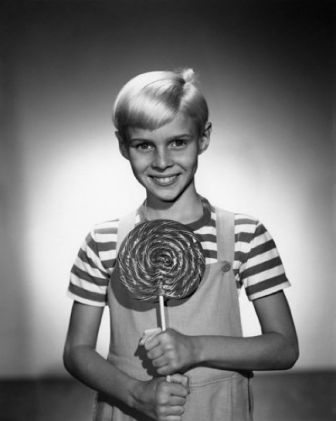

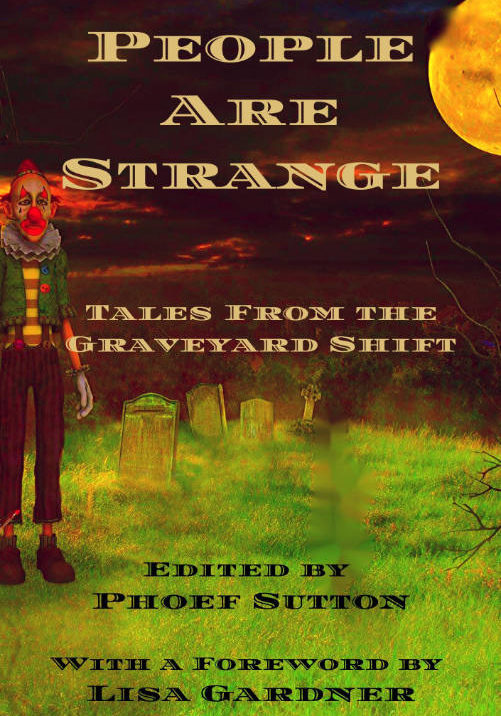 The winners of three available spots in the Writers’ Police Academy’s
The winners of three available spots in the Writers’ Police Academy’s 






 Of course, the violent kicking of the doors, windows, and cage, and the screaming, spitting, and peeing everywhere like a spurting, spraying backyard lawn sprinkler, combined with the constant barrage of blaring radio traffic and wailing and yelping sirens, all join together to ensure a safe, smooth, and distraction free ride to the jail. This soothing, ambiance helps to settle an officer’s nerves after struggling for twenty minutes to handcuff the intoxicated violent wife-killing, puking, window-kicker.
Of course, the violent kicking of the doors, windows, and cage, and the screaming, spitting, and peeing everywhere like a spurting, spraying backyard lawn sprinkler, combined with the constant barrage of blaring radio traffic and wailing and yelping sirens, all join together to ensure a safe, smooth, and distraction free ride to the jail. This soothing, ambiance helps to settle an officer’s nerves after struggling for twenty minutes to handcuff the intoxicated violent wife-killing, puking, window-kicker.




